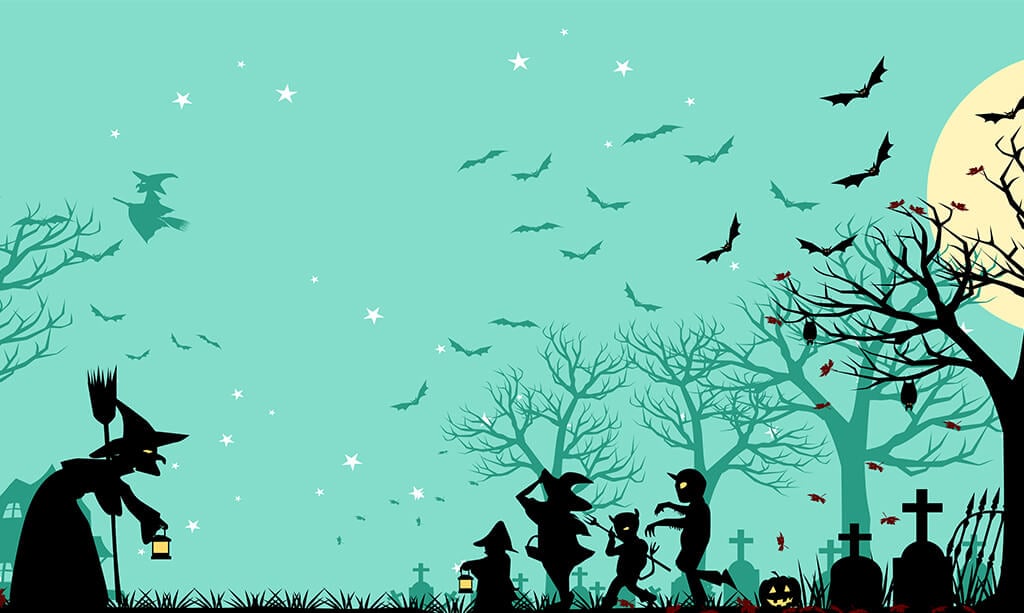
The main goals of this ESL lesson plan are to:
- – Learn Halloween vocabulary including “bobbing for apples,” “medieval,” and “immigrant” while exploring holiday traditions through video activities in this upper intermediate ESL lesson plan.
- – Distinguish between auxiliary and main verb “have” through grammar practice and identification exercises for adult English lessons.
- – Watch videos about Halloween history and complete comprehension activities while discussing cultural traditions using these English teaching materials.
In this Upper-Intermediate lesson, the student learns and practices vocabulary related to Halloween while learning about the differences between the auxiliary have and have as a main verb.
Warm-up
The student reveals the hints in a mind map and guesses what holiday the lesson is about (Halloween).
Video: History of Halloween
Before watching the video, the student learns new vocabulary related to Halloween by matching it with the meanings (bobbing for apples, medieval, immigrant, etc.). They also match the new words with their synonyms and images. Next, they practice using the new words by completing the sentences.
They watch a video about the history of Halloween and complete the sentences to check for comprehension.
Grammar: have as a main or auxiliary verb
The student learns to distinguish between the auxiliary have and have as a main verb. Then, they practice using and identifying these two types of have.
Finally, the student completes the wrap-up part by discussing the Halloween tradition and reviewing the grammar point of the lesson.

Living Like the Rich
This Advanced ESL lesson explores the complex realities of extreme wealth,…

The Finer Things in Life
The main goals of this ESL lesson plan are to:
–…
The Magic of Christmas
The main goals of this ESL lesson plan are to:
–…

